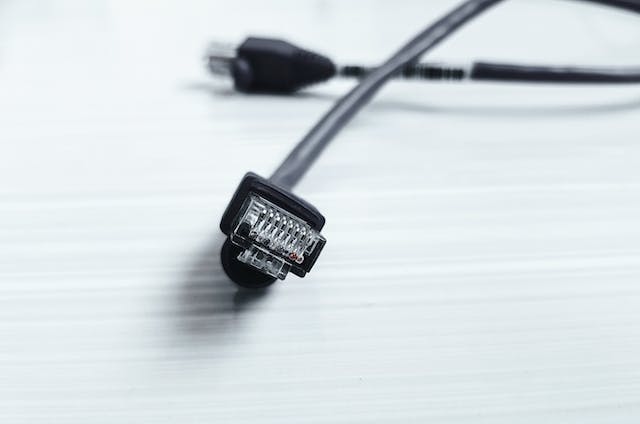In the vast and intricate web of connectivity that defines our digital age, internet switches stand as the unsung heroes, orchestrating the seamless flow of data across networks. These unassuming devices play a crucial role in the functionality of our online world, enabling us to surf the web, stream videos, and communicate effortlessly. In this blog, we will delve into the realm of internet switches, exploring their significance, types, and the magic they bring to our interconnected lives.
Understanding the Basics:
At its core, an internet switch is a networking device that connects multiple devices within a local area network (LAN). Unlike traditional hubs, switches operate at the data link layer (Layer 2) of the OSI model, making them more intelligent and efficient in managing data traffic.
Key Functions of Internet Switches:
- Data Packet Switching: Internet switches excel at packet switching, a process where data is broken down into smaller packets and efficiently routed to their destination. This method enhances network performance by reducing congestion and optimizing data transfer.
- Broadcast Domain Division: Switches segment a network into multiple broadcast domains, ensuring that data packets are only sent to the relevant devices rather than broadcasting to the entire network. This enhances network efficiency and reduces unnecessary traffic.
- MAC Address Learning: Internet switches use MAC (Media Access Control) addresses to forward data to the appropriate devices. Switches learn and store MAC addresses in their forwarding table, enabling them to make data forwarding decisions intelligently.
Types of Internet Switches:
- Unmanaged Switches: These switches are plug-and-play devices with no configuration options. They are suitable for small home networks and are cost-effective solutions for connecting devices with minimal setup requirements.
- Managed Switches: Managed switches provide administrators with greater control over the network. They offer features such as VLAN (Virtual LAN) configuration, Quality of Service (QoS) settings, and security protocols. These switches are ideal for larger networks where customization and optimization are essential.
- PoE (Power over Ethernet) Switches: PoE switches not only transmit data but also supply power to connected devices like IP cameras, VoIP phones, and access points. This eliminates the need for additional power sources, simplifying cable management.
The Impact on Network Performance:
Internet switches play a pivotal role in enhancing network performance and reliability. By efficiently managing data traffic, minimizing collisions, and optimizing data transfer, switches contribute to a smoother and more responsive online experience.
Conclusion:
In the ever-evolving landscape of digital connectivity, internet switches remain indispensable components, silently facilitating the intricate dance of data flow within networks. Whether in homes, businesses, or data centers, these unassuming devices form the backbone of our interconnected world, allowing us to navigate the vast expanse of the internet at the speed of light. As technology continues to advance, the role of internet switches will undoubtedly evolve, shaping the future of our digital interactions.
